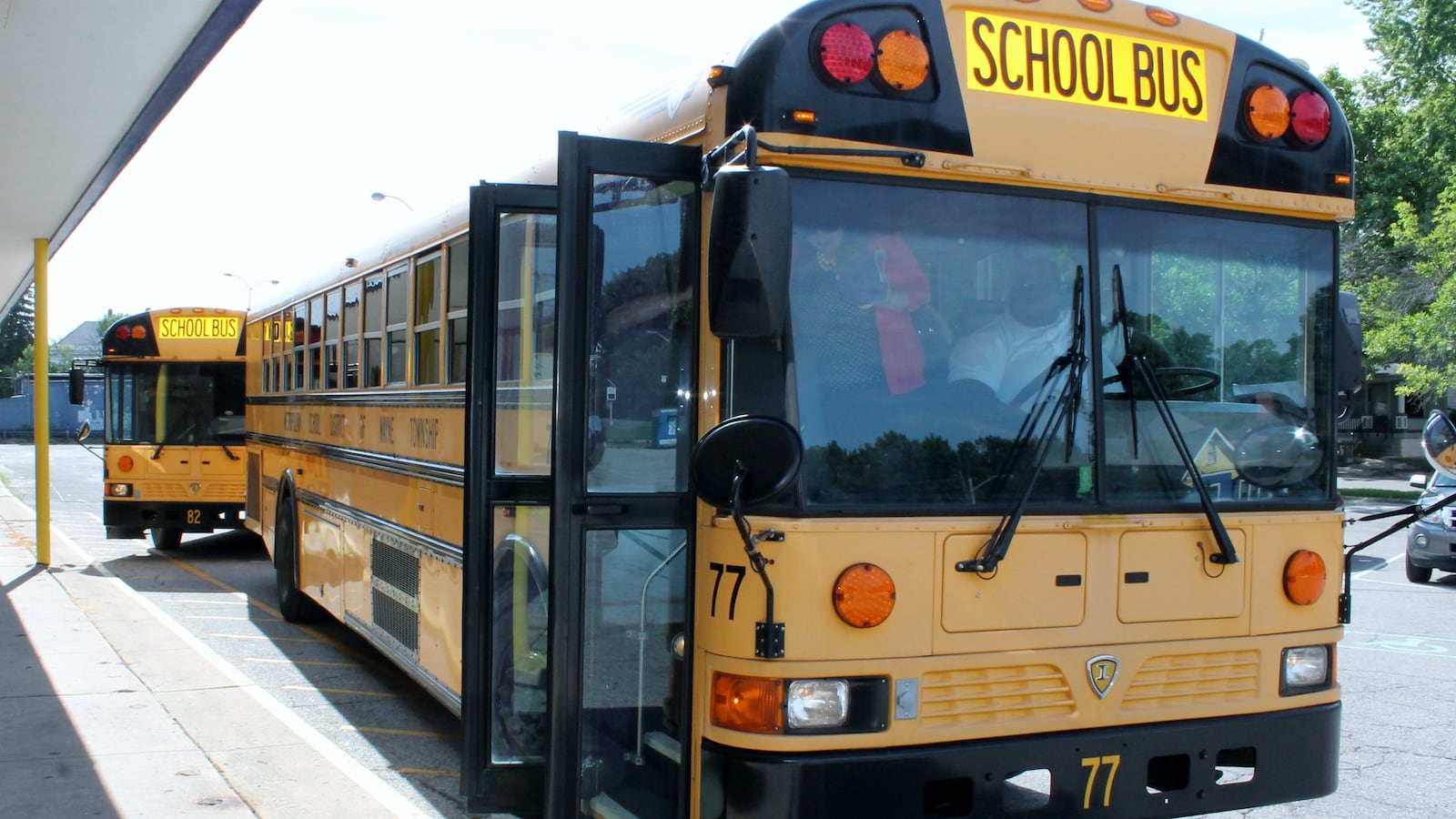Foster children in Indiana – and across the country – likely won’t graduate from high school, and very few of them will go on to college. But foster children are rarely included in state-level discussions about how Indiana is educating its kids.
The Indiana Department of Education has very little data on how the 30,000 children in foster care perform in school, a group close to the size of the state’s largest school district. Indiana saw the second steepest climb in the nation of foster children between 2012 and 2016, with an increase of 60 percent.
To identify the issues that are holding foster students back, lawmakers and advocates are proposing a bill that that would require the education department and the Department of Child Services to share data on foster students in Indiana. So far, House Bill 1314 has seen broad bipartisan support.
“Youth in foster care really have no one speaking for them,” said Brent Kent, CEO of Indiana Connected By 25, a foster child advocacy group. “The state is their parent … we will see for the first time, foster youth side-by-side with other peer groups and how they are performing.”
The bill, authored by Granger Republican Rep. Dale DeVon, would set up data sharing between the state’s education and child services departments. It would also require that the Indiana State Board of Education release an annual report about foster youth education.
About half the foster children in the country will graduate from high school by age 19, and only about 3 percent go on to complete college, according to a report from the Jim Casey Youth Opportunities Initiative. In Indiana, the numbers of children in foster care have swelled in part because of the opioid crisis.
Kent said collecting data is a huge leap forward for Indiana. It doesn’t sound innovative, but few states do it. Indiana already reports student data separated by race, ethnicity, income level, gender and age, among other factors — if the bill becomes law, foster care status would be included.
“No one ever maliciously leaves out foster youth,” Kent said. “We just never thoughtfully include them.”
The foster care data wouldn’t factor into state letter grades as some other subgroup data does. The department of education testified in favor of the bill.
Demetrees Hutchins, a researcher from Indiana University and a former foster child, said it’s “deplorable” how few foster children make it to college. She said this bill can help state agencies coordinate their work so these students aren’t being ignored.
“Implementing this bill makes those in the child welfare system’s job that much easier. It makes those in the education world’s job that much easier,” Hutchins said. “Because we would know where the problems are … and use that data to inform policy- and decision-making.”
Kent said he’s realistic — he doesn’t think this bill will solve every problem foster children face. But it’s a start. The bill passed the House unanimously and is up for consideration in the Senate in the coming weeks.
“Our goal was just to bring some attention to it,” Kent said. “The work is not done closing the achievement gap for subgroups, but … until we know these things, we can’t address them.”

